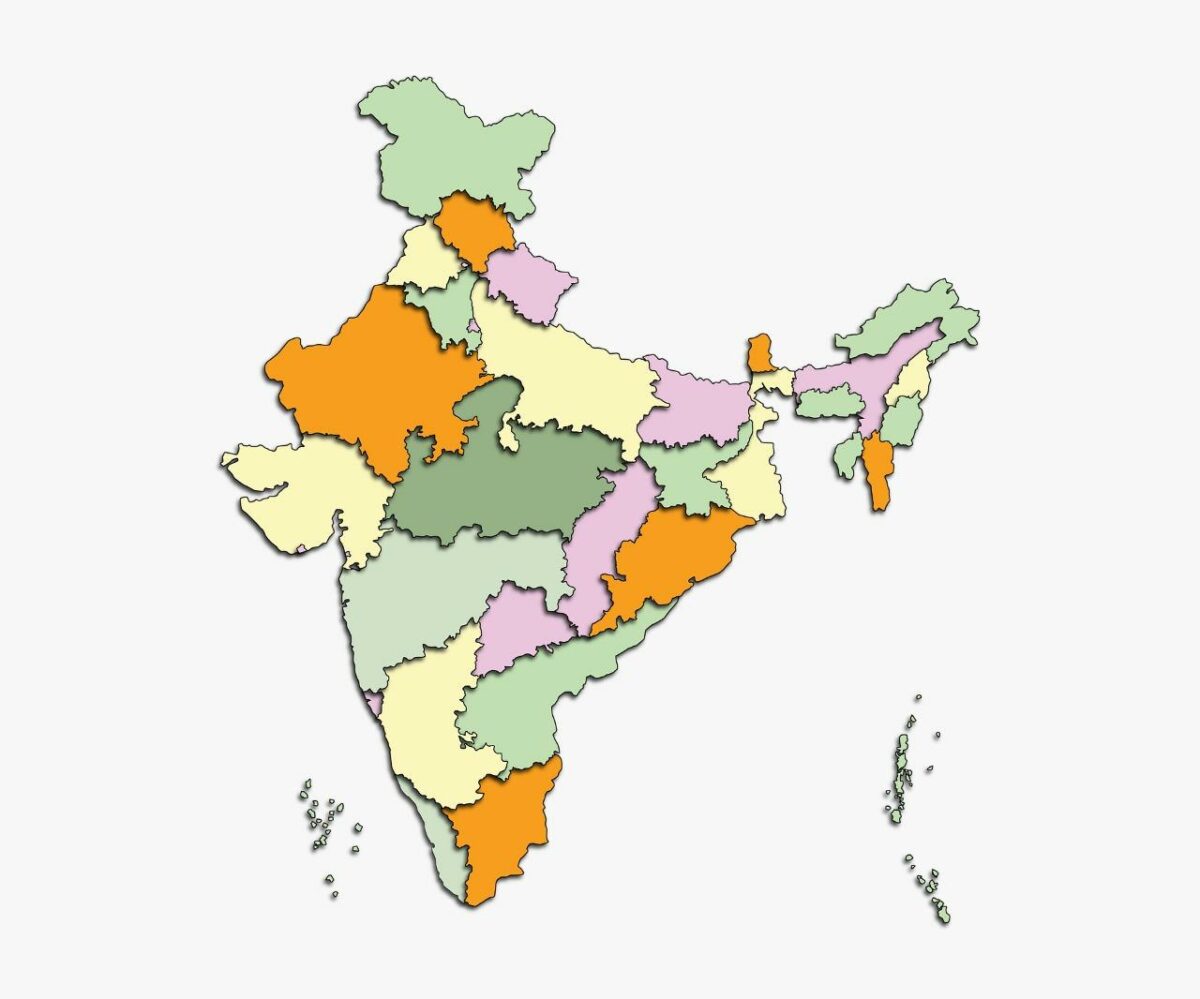“Arrrgh.. what is this? Is this advertisement in Marathi or in Hindi or in English. What should we read?”
Mohan angrily turned the front page of the newspaper after reading the advertisement in his local language. The advertisement had a lot of errors and it had put his mood off this morning.
Why would a simple mistake in the word spoil his mood?
Mohan had realized that the original advertisement in another language was translated in his mother-tongue. He was pissed with the poor quality of translation the advertisement had. He took it as a personal insult.
Many of us might have seen such social media posts of translations gone awry. You must have seen many such examples yourself in different mediums. Audience usually ignores minor mistakes, but what Mohan had witnessed was a bloodbath. The copy had words from three languages and there were several grammatical errors, which had made the ad-copy meaningless.
Advertisements are anyways a disturbance for the audience and then imagine they getting disturbed with the errors in it. Let’s look at an example. A simple flash on TV or a heading of your newspaper advertisement wishes you `गुडी पाडव्याच्या शुभेच्छा’, or `अक्षय तृतीयेच्या शुभेच्छा.’ These are targeted at Marathi speaking audiences. They will be quick to pick up mistakes such as, it should have been ‘गुढी’ and not ‘गुडी’. In other sentences, it should not be अक्षय, it should have been अक्षय्य. Simple letters `ढ’ and `य्य’ can make a major difference in the meaning here. There are high chances that customers who catch this may feel disrespected and may rebel against the brand.
People love their culture, festivals and language. They expect other cultures to respect it. Such mistakes are thus often seen as lack of respect towards language and culture by others.
Till 2010, businesses had limited options to reach out to customers. Most advertising campaigns were promoted through newspapers and TV channels. Channels used to run commercials while newspapers had print ads or promoted articles.
But between 2010 to 2018, the internet has taken up a big share in the product market. By the end of 2020, the number of mobile and internet reached 70 crore. Maharashtra is leading the internet penetration, followed by Tamil Nadu, Andhra Pradesh and Karnataka. Smartphones have pushed the internet penetration wave in every corner of the country. Businesses cannot deny the importance of the internet.
Although success of any organization depends on many factors, one cannot deny that the key factor driving business growth depends on the customers and their perception of the company’s product.
Therefore, people are welcoming the technological advancement in their mother tongue in India’s larger markets. It is needless to say that if the brands want to showcase their values to be seen and heard effectively, they should talk in their customers’ languages keeping the cultural and traditional values in mind. And localization could be the best step forward for it.
Simple festival wishes like Happy Makar Sankranti, Happy Diwali, Happy Onam are pushed by most applications today. Adapting these messages in local language with catchy sentences such as `तिळगूळ घ्या गोड गोड बोला’, `दिव्यांच्या सणांच्या लक्ष लक्ष शुभेच्छा’, which have better tone are bound to hit the right cord with the audiences. Studies have proven that UI having the right text in local languages is preferred by the customers.
Languages are constantly changing. Marathi is an official language of the Maharashtra and प्रमाण भाषा (standard language) is used for work and academic purpose. However, spoken dialects in languages are different. Marathi itself has different dialects such as कोंकणी, वैदर्भीय, कोल्हापुरी, खानदेशी etc. Each dialect uses different words for similar purposes. The dialects are used by movies and TV serials for engaging the audiences. They provide association for regional audiences and thus also improve the customer base of the product.
Today, people are constantly migrating for different jobs. These migrating employees have given rise to a different economy. The migrants travel during festivals, if they can’t then they send gifts back home. They have a constant need to be in touch with their families back home.
The internet and mobile revolution in our country has affected all these requirements at scale. Today people book their journey tickets online. They also purchase and share gifts using online shopping. They recharge phones or TV for their family members using online payments. All these facilities are just a click away. Even now they have their regional entertainment sources available online.
These migrants have decent jobs and thus capacity to spend well. They have formed a great customer base for products to be promoted. With the trust on online shopping increasing day by day, the local and global customer base of online consumers is expanding rapidly.
Localization has potential to unlock access to this target audience. Localization understands the audience, what they like, what they don’t. We take care of minor details such as keeping the message simple and appropriate to the targeted age group, avoiding rhetorics, avoiding simple grammatical errors, preserving the accent or style of one language, not giving text as translated from another language.
This ensures that Mohan reads what he wants to read and has a happy morning with your brand advertisement at the beginning of the day.
April 27, 2021 — magnon
